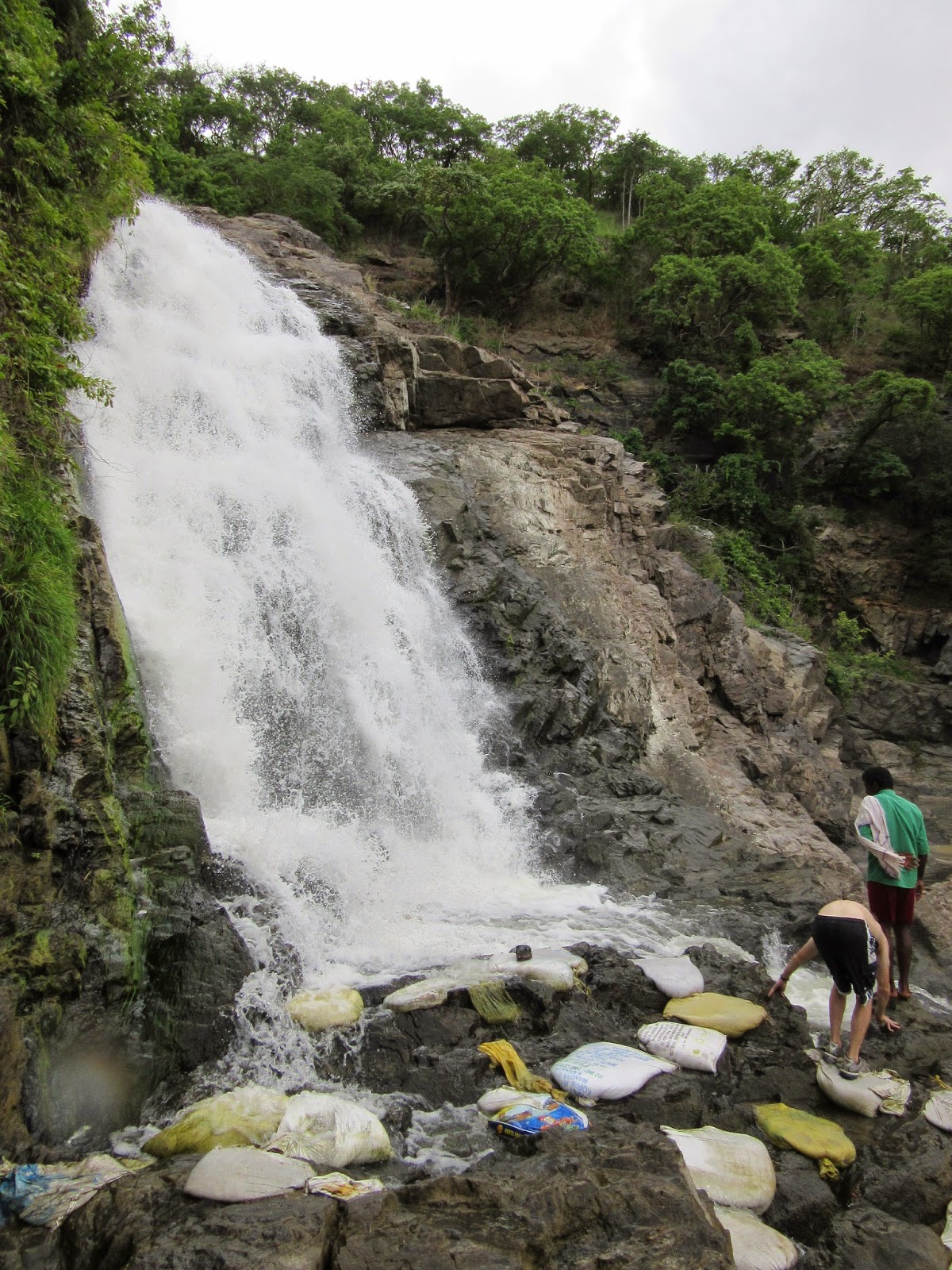After leaving Agra on Wednesday morning, we travelled to New
Delhi. On my previous visit to India, we travelled the same route from Agra to
Delhi, a journey that took about 4 hours each way due to the poor
infrastructure and dirt roads in the area. This time, however, the trip from
Agra to Delhi only took an hour and a half due to a new highway. For someone
who has seen how infrastructure can heavily impact a country such as Sri Lanka, where it was heavily damaged during the civil war, crippling the country and requiring mass rebuilding, it is a very encouraging sign to see this investment and change since
my last visit. After arriving in Delhi, we spent the afternoon visiting an open
market in Delhi called Dilli Haat. Throughout the market, we had the opportunity
to barter with the store owners and look at all the amazing handicrafts.
On Thursday, we spent the day touring throughout Delhi.
While most of the locations were places I had visited before, one new location
for me was Qutab Minar. This huge tower is part of a larger mosque and used for
call to prayer. The mosque itself was really interesting as there was a huge
amount of Hindu architectural design in the mosque including lotus flower
designs and wall carvings.
While seeing some of the sights in Delhi was fun, one of the
most interesting experiences in Delhi was on Friday when we had the opportunity
to visit the India headquarters of Walmart. While Walmart is not currently
operating a business to customer operation like it does in the US, it is
currently doing a business to business operation where it acts as a supplier to
the thousands of small local family-run stores that most Indian shop at each
day. This is done by using a Sam’s club model and setting up their stores to
best allow them to interact with business owner instead of individual
consumers, including more trucking access, rest and wait areas, and business
offices. Having some familiarity with how Walmart is run in the US it was
intriguing to see some of the cultural differences that were accounted for and
how many similarities still remained despite being set up across the world. One
of the most intriguing things was listening to some of the difficulties for the
realty team when they were attempting to pick out sites for the stores. One
such issue was complaints by customers about the quality of the toilets in
their stores, as they used conventional toilets instead of the squat toilets
that the customers were used to initially. The final event that we did while in
India was to visit the Kingdom of Dreams, an Indian version of Branson where we
watched a stage show that was presented in Hindi but translated to English using
an audio headset. It was interesting to see how they included technology in
the show unlike anything I had seen in the US with huge video screens and
lighting displays that were used to set the stage and incorporate video into
the show. While the show itself wasn’t incredible it was still interesting to
watch and a relaxing end to my fun but hectic time in India.
































